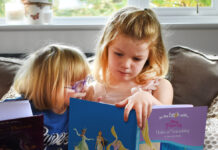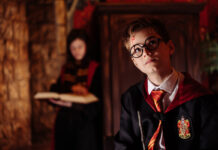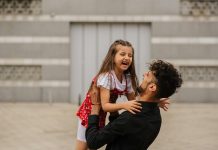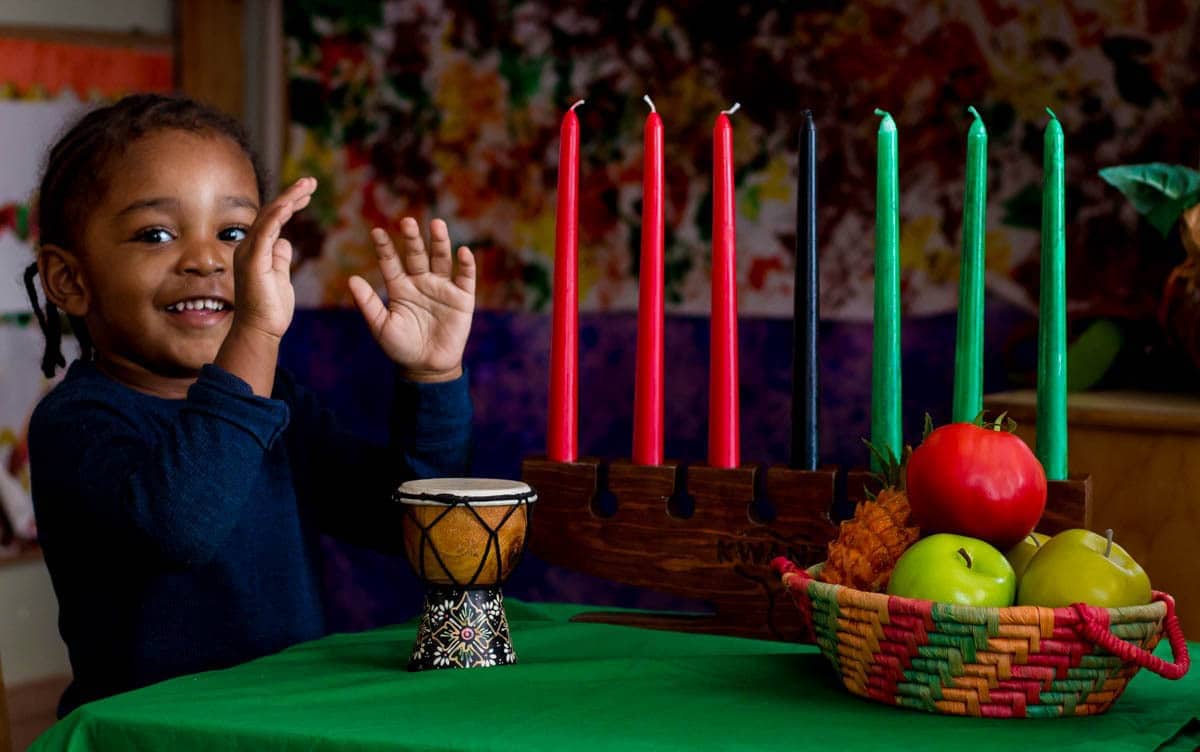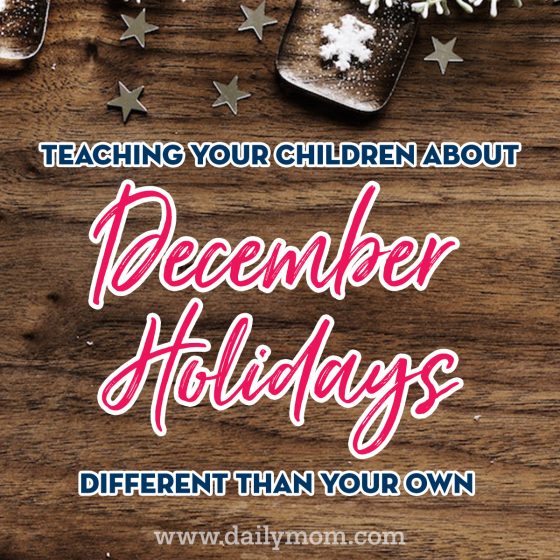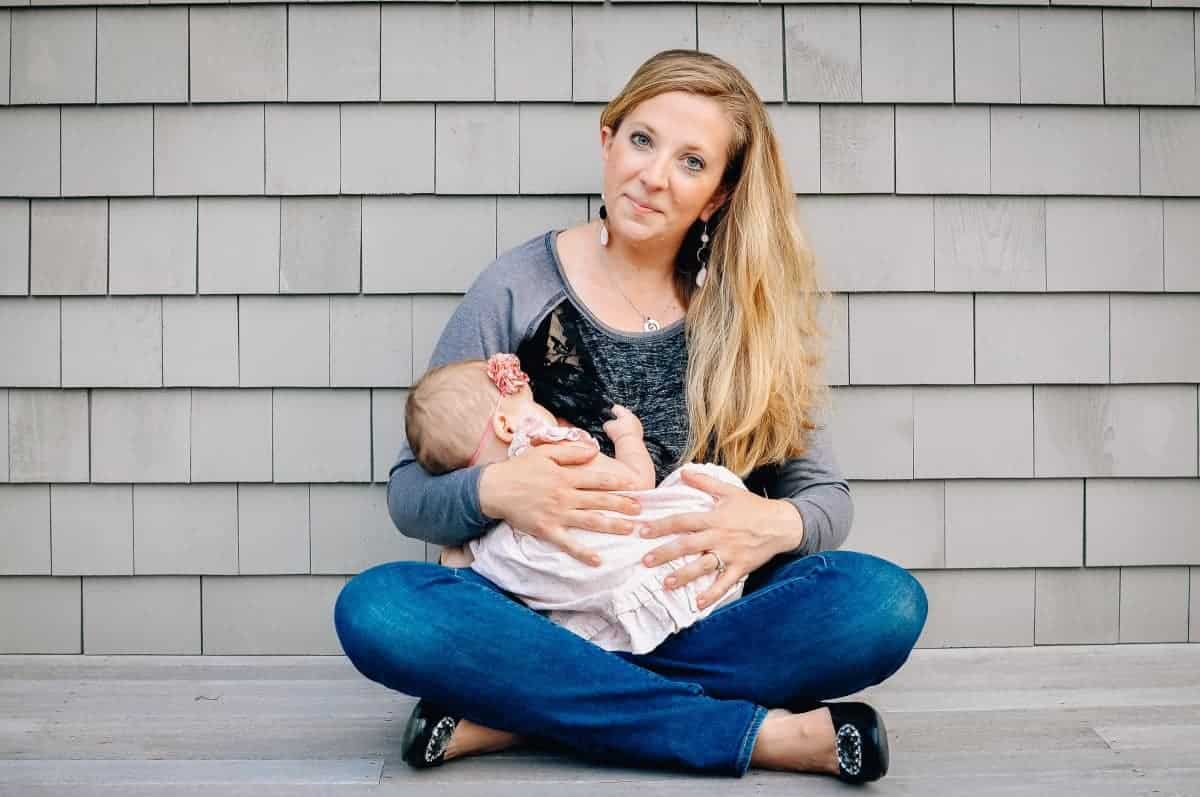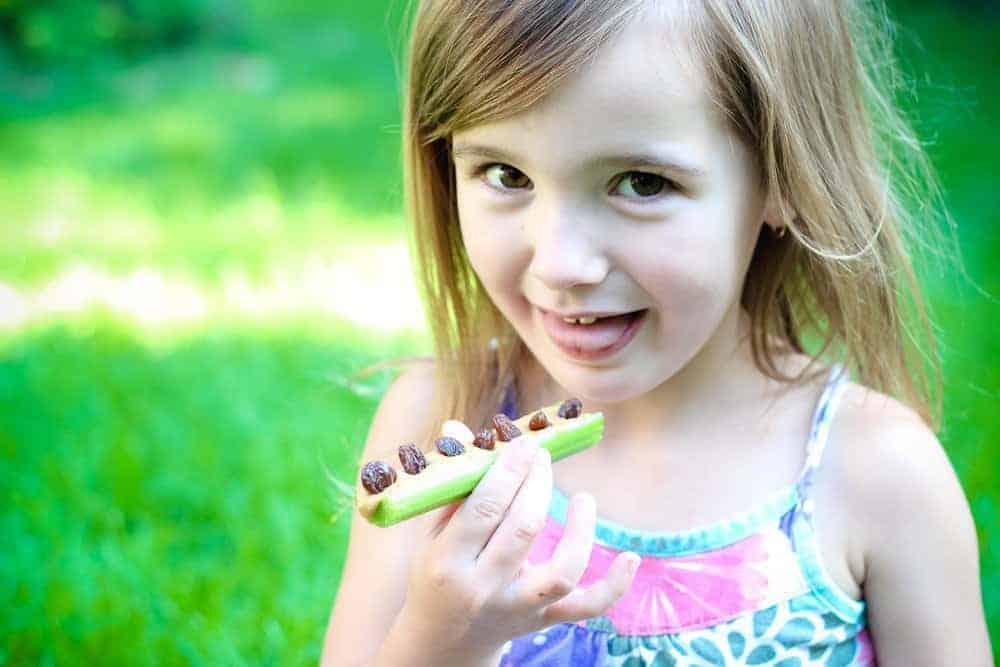In the hustle and bustle of the holiday season, a great way to engage your children in something both educational and exciting is to teach them a bit about holidays different from your own. Raising my 3 boys while educating them in a very diverse school setting has opened my eyes and theirs to the melting pot of cultures, holidays and religions that truly is the United States.
Although the last year in American History has not been one of our country’s finest in terms of tolerance, acceptance, and understanding of other people and cultures, the holidays can be the ideal time to delve into some of these topics with your kids of any age.
The only way we are going to change the American landscape, chart a new course in peaceful understanding, and hopefully grow as a nation is through our children. Instilling information, values and ideals in our nation’s youth is fun while they are still young and hopefully will lead to a brighter, more tolerant tomorrow. As we so frequently tout “Peace on Earth” during this special season, here are a few diverse holidays you can teach your children about right here at home.
Hanukkah
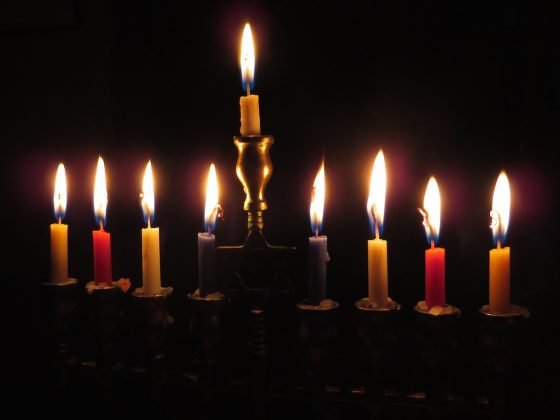
Hanukkah is a Jewish holiday or 8 day wintertime festival of lights. This celebration is signified by a nightly lighting of a menorah which holds a total of 9 candles, special prayers, gift giving and celebratory foods.
The menorah holds 9 candles, one of which is the “shams” candle or wick used to kindle the other 8 lights. Beginning with the lighting of one candle on the first night of the holiday, the number of candles lit increases in number each evening. The 8 candles of the menorah must be arranged in a straight, even line. Prayers and blessings are then recited as the candles are lit.
After lighting, the candles should remain lit for at least 30 minutes while the family enjoys time together such as sharing stories, games or food such as latkes (fried potato pancakes) or sufganoit (fried doughnuts). Historically, the tradition was to give children gifts of money, or gelt, each night during Hanukkah, however with the commercialization of the holiday alternate gifts are often given these days.
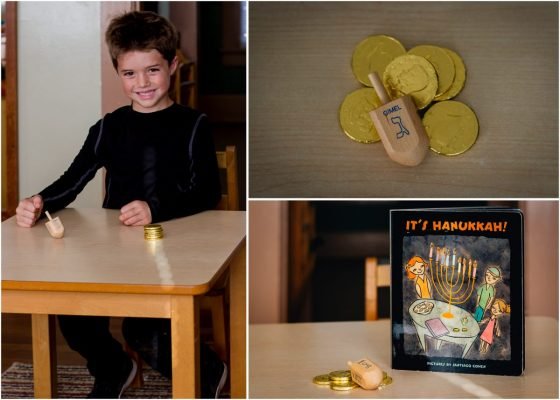
Hanukkah commemorates the Jews plight against the Greeks who tried to force their religion upon the Jewish people in the 2nd century BCE. Eventually the Jews were able to defeat the Greeks, force them out of their lands, and reclaim the Holy Temple in Jerusalem after which they were able to light a menorah in the Temple under dire circumstances. The Greeks had contaminated all of the Jews holy oil and it would take 8 days to procure a new batch. Finding only a one day supply of oil, the Jews lit the menorah in the Holy Temple which then miraculously remained lit for 8 days.
The Dreidel Song
I have a little dreidel.
I made it out of clay.
And when it’s dry and ready,
Oh dreidel I shall play.
Dreidel, Dreidel, Dreidel,
I made it out of clay.
And when it’s dry and ready,
Oh dreidel I shall play.
-Teacher Created Materials
Lighting a menorah, reading a story about the origins of Hanukkah, teaching your child a dreidel game or eating homemade latkes are all special ways you too can join in this historical, religious event without overstepping or disparaging this special celebration. Further, if you or your child have a family member or friend who is of Jewish descent, ask to join in for one night of the festivities to give your child the hands-on experience of another culture during the holidays.
Kwanzza
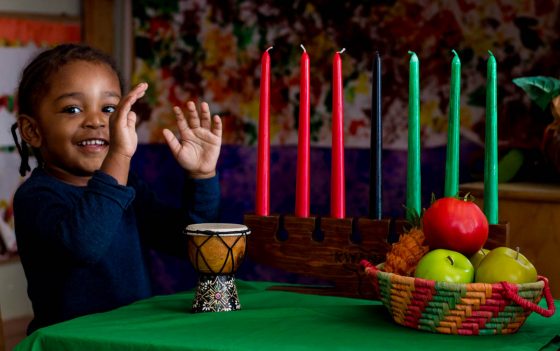
This week long celebration held in the United States honors the African-American culture and is observed from December 26th through January 1st. Created in 1966 as the first African-American holiday, the name Kwanzaa means “first fruits” in Swahili and developed as a means to help displaced African-Americans reconnect with their cultural and historical heritage.
Ideal for teaching not only African-American children about their heritage, but also for teaching their friends and counterparts, this celebration embodies significant and meaningful lessons.
Each one of the 7 days of Kwanzaa is related to one of the 7 Principles of African Heritage:
- Umojo (Unity): of the family, community, nation and race.
- Kujichagulia (Self-Determination): to create and speak for oneself.
- Unima (Collective Work & Responsibility): to build and maintain a community together.
- Ujamaa (Cooperative Economics): to build and maintain the communities profitable businesses.
- Nia (Purpose): to make a collective effort to build and develop the community for restoration of greatness.
- Kuumba (Creativity): making the community more beautiful than we inherited it.
- Imani (Faith): to believe in the people, righteousness and the victory of the African-American struggle.
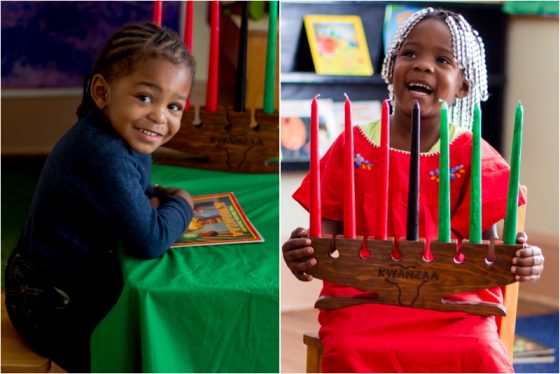
Symbols include decorations of corn, the lighting of 7 candles, drumming and celebratory dining which can all be recreated tastefully and respectfully to include children. Discuss with your children the principles of Kwanzaa and introduce them to the bright colors of traditional African celebratory clothing and artwork which are so prevalent in this cultural celebration.
Kwanzaa Candles (tune “10 Little Indians”)
One little, two littles, three little candles,
Four little, five little, six little candles.
Seven little candles shine for Kwanzaa,
Shining and glowing in the night!
Red little, green little, black little candles.
Nice little, bright little Kwanzaa candles.
Shine, little candles, shine for Kwanzaa.
Oh, what a beautiful sight!
-The Education Center
Three Kings
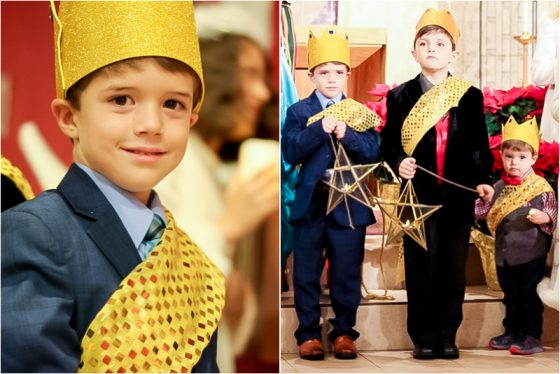
Also known as the Feast of the Epiphany, Three Kings is celebrated 12 days after Christmas. The Festival of the Three Magic Kings is a religious celebration considered to be the day the 3 Kings or Wise Men made it to the stable to meet the Baby Jesus. Observed mainly by Catholics and Orthodox Christians around the globe, this holiday is more widely celebrated than Christmas Day in certain countries like Mexico and Spain.
In many locations there are activities throughout the evening before and the day of. Throughout Latin America and Spain, large parades, feasts, and gatherings are all planned with men dressed as Kings or Wise Men and children bedecked with crowns.
Traditions include practices such as children placing their shoes outside the door the night before filled with hay for the Three Kings camels and waking to find presents. Many families also celebrate with the baking of the Rosca de Reyes, a ring shaped sweet bread symbolic of a crown with various colors on top and a figurine of the baby Jesus baked inside.
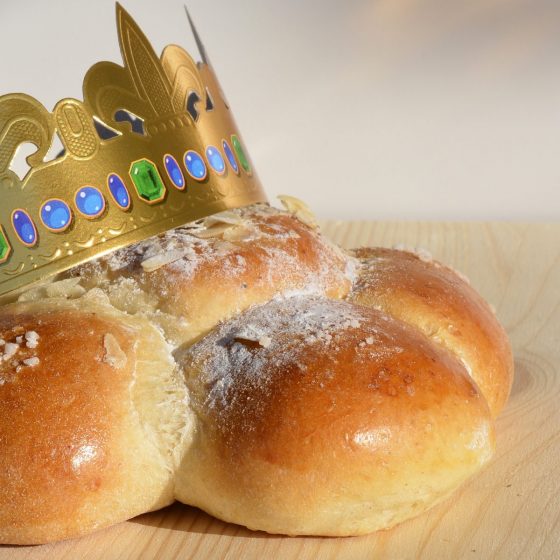
Joining in this tradition with children can be simple as many families here in America celebrate the holiday with small gifts left inside a shoebox under the children’s beds. Also, look for a Spanish or Latin American bakery nearby and you are likely to find a Rosca de Reyes round bread to taste and discuss. The majority of Christian religions prevalent in the United States include the 3 Kings in their Christmas Nativities and festivities, so the explanation of the holiday may be easily understood by your kids.
We Three Kings
We three kings of Orient are
Bearing gifts we traverse afar.
Field and fountain, moor and mountain,
Following yonder star.
O star or wonder, star of night
Star with royal beauty bright,
Westward leading, still proceeding,
Guide us to thy perfect light.
– MetroLyrics
While there are many more holidays, both religious and cultural, that all children should learn to understand and respect, these are simply a few happening in December in the United States. Many holidays such as the Chinese New Year, Ramadan, Yom Kippur and Easter, just to name a few, are also steeped in tradition and cultural practices that are educational and enlightening for children and adults alike. These holidays however are dependent on the calendar and do not fall on the same date, or even in the same month annually.
Opening the eyes of our young to the wonders, beliefs, and traditions of other cultures not only paves the way to tolerance and understanding, but educates our children about the world around them. So many of these holidays include bright colors, traditional costumes, dances, rituals and delicious foods that all children should have the opportunity to experience. Teach your children about the true, beautiful, and amazing diversity of the world where we live together.
Photo Credits: Kristin dePaula, Pixabay





